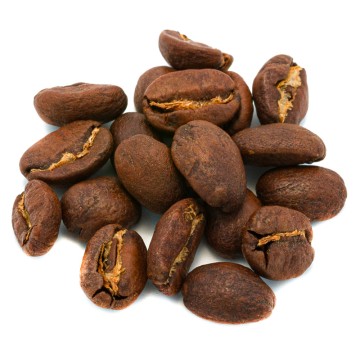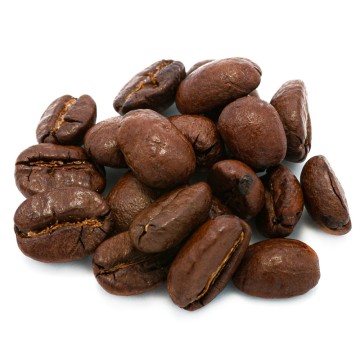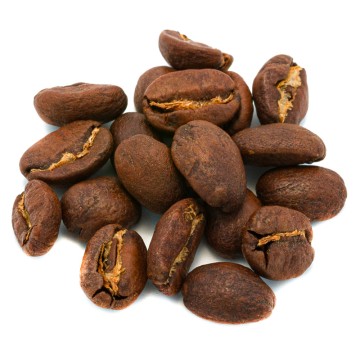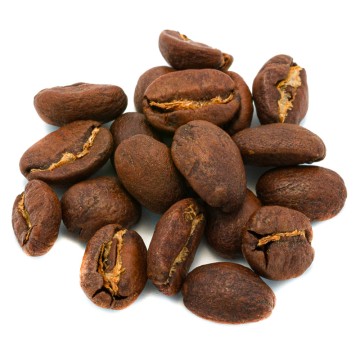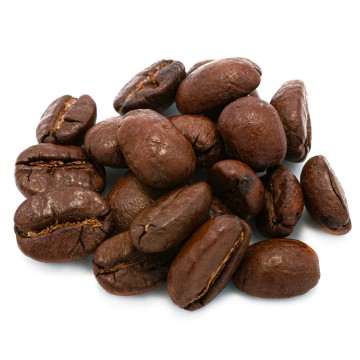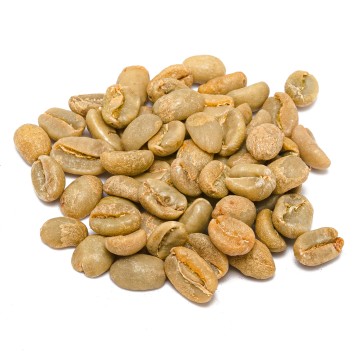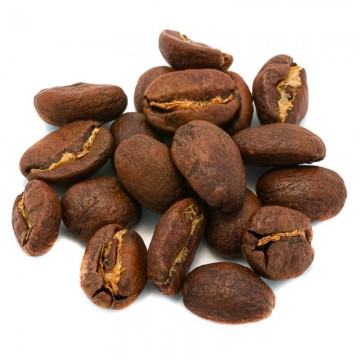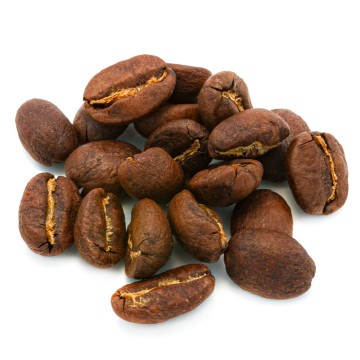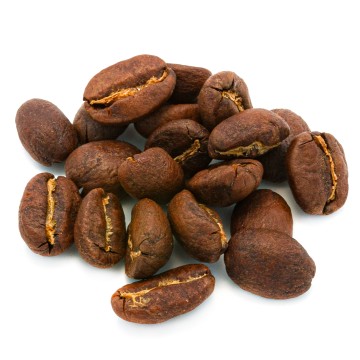In general, coffees from Costa Rica are characterized by a sweet and full-bodied aroma and medium-high acidity.
History of coffee production in Costa Rica
Even in Costa Rica coffee was introduced by European colonizers, in this Central American country that overlooks the Caribbean Sea it arrived a little later than in other Central states and South America, in the last years of the 1700s. It took a few decades for Costa Rican coffee growing to begin to be successful, when production moved to the Central Valley area, the one that encloses the country's capital. San Jose. Throughout the 19th century the government worked to encourage the development of coffee production and in fact the coffee industry was at that stage a powerful engine of economic and social development. Today the production of coffee in Costa Rica in terms of quantity does not place it among the top ten world producers, after all it is also a country of only 51,000 sq km (one sixth of Italy) but it is a production of quality , particularly appreciated among Northern European consumers who prefer coffee with a marked acidity. As with other neighboring countries, Costa Rican coffees are classified according to origin in two ways: according to the height of the plantation (since Costa Rica, like all Central American states, is a country full of mountains and volcanoes) and according to based on the region of the country they come from. The classification based on the height of the plantation identifies 4 types: SHB (strictly hard bean) grown between 1500 and 1700 metres, HB (hard bean) grown between 1350 and 1500 metres, HGA (high grown Atlantic) coffees grown at high altitudes on the Atlantic side, LGA (low grown Atlantic) coffees grown at low altitudes on the Atlantic side. The coffee areas in Costa Rica are (from north to south): Guanacaste, West valley, Central Valley, Tres Rios, Tarrazù, Orosi, Turrialba, Brunca. As historically anticipated, the most important region for the cultivation of coffee in Costa Rica is the Central Valley, among the other regions Tarrazù is the one that produces at the highest altitudes (between 1200 and 1700 metres) and this is usually a guarantee of quality, the province of Orosi, on the other hand, benefits from fertile volcanic soil, it is a small valley with luxuriant vegetation located close (to the east) to the Central Valley.
The quality of Costa Rican coffee
As we anticipated, quality arabica is also grown in Costa Rica, the coffees from this country stand out for their body and acidity. The varieties of arabica (Coffea arabica plant) grown are: Typica, Caturra, Catuai, Villa Sarchi, Bourbon, Gesha and Villalobos. The most typical ones of Costa Rica are the Villalobos which is a natural dwarf mutation of the Typica variety and the Villa Sarchi is also a natural dwarf mutation but of the Bourbon variety. Villa Sarchi adapts well to cultivation at great heights (even 1600 meters) and resists winds well, but it is a variety particularly susceptible to roja (or coffee rust) to which, in any case, no variety or species is completely immune. Villalobos is particularly sweet and aromatic. Naturally, as usual, the aroma of the coffee does not depend only on the variety grown but also on the conditions of the place, for example the Costa Rican coffee which comes from the most



 No reward points for this product.
No reward points for this product.


